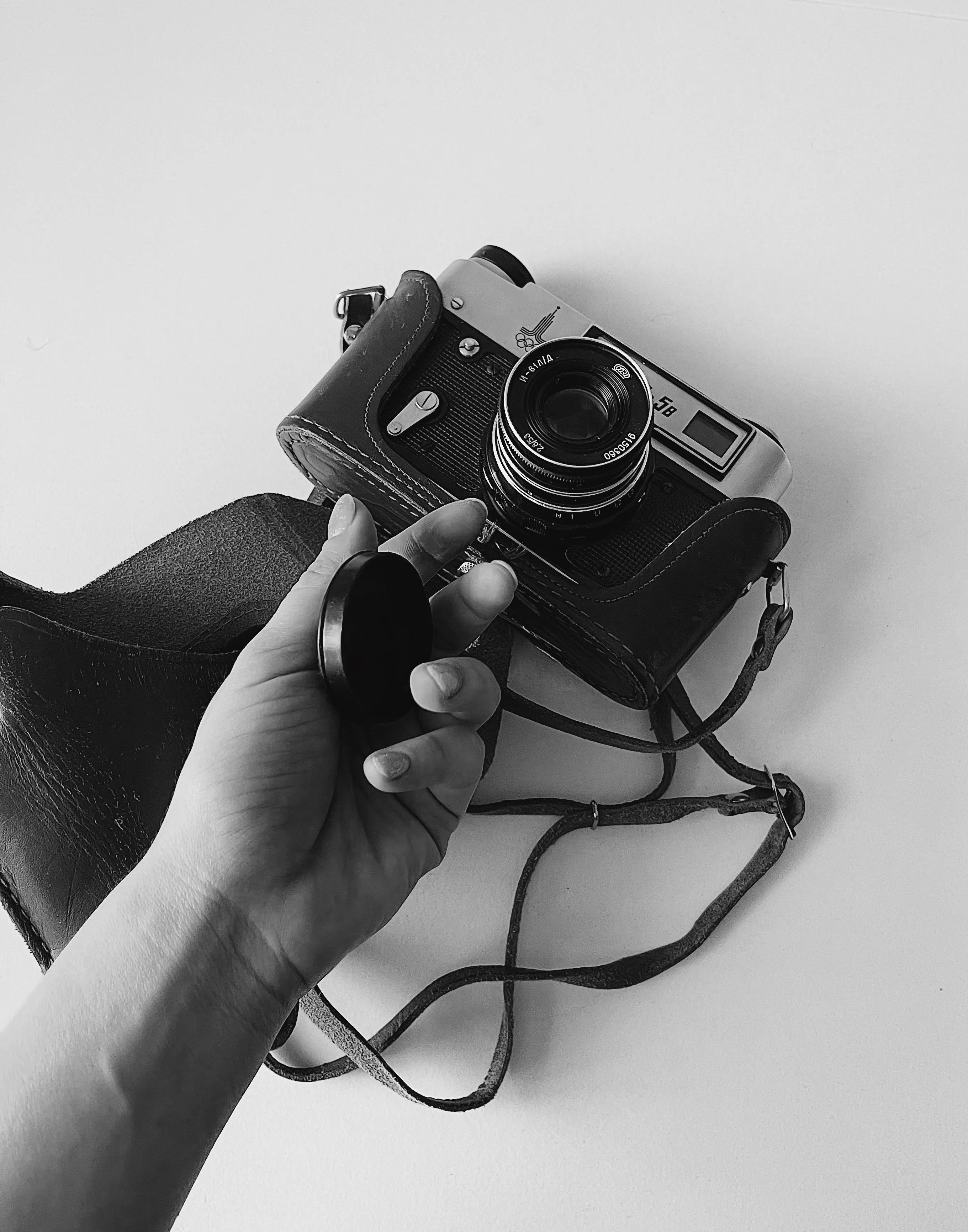Capturing Timeless Moments: The Beauty of Classic Film Photography
In the age of digital dominance, there's a certain allure to the simplicity and authenticity of classic film photography. Let's embark on a journey into the world of analog snapshots, exploring the enduring charm and unique qualities that make film photography a timeless art form.

Rediscovering the Artistic Essence
Nostalgia in Every Frame
My foray into film photography began with stumbling upon an old camera at a flea market. Intrigued by its vintage charm, I decided to give it a shot. Little did I know that this decision would unravel a world where each click echoed with nostalgia. The grainy textures, subtle hues, and imperfections inherent in film photography tell stories that resonate beyond the captured moment.
Crafting Visual Poetry
Film photography isn't just about taking pictures; it's about crafting visual poetry. The deliberate process of loading film, setting exposure manually, and patiently waiting for each frame fosters a profound connection between the photographer and the subject. It's a dance between intention and serendipity, resulting in images that feel more like works of art than mere photographs.
Embracing Imperfections as Perfections
The Beauty of Unpredictability
One of the joys of film photography is embracing imperfections as perfections. The unpredictable nature of film introduces an element of surprise with every roll. Light leaks, unexpected shadows, or the occasional blurriness become part of the narrative, adding character and authenticity to the visual story.
Learning from Mistakes
In my early days with film, I made my fair share of mistakes—overexposed shots, underdeveloped negatives. Instead of frustration, these mishaps became valuable lessons. Each error contributed to the learning curve, fostering a deeper understanding of the craft. Film photography, in its essence, encourages a hands-on approach where mistakes are stepping stones to mastery.
The Tangibility of Memories
Unveiling the Magic of Prints
In an era dominated by digital screens, there's a unique magic in holding a tangible photograph. Developing film and printing images involve a tactile engagement with the medium. The tangible nature of film photography transforms each print into a cherished artifact, a physical manifestation of memories that can be touched, felt, and passed down through generations.
Creating Time Capsules
Digital files can get lost in the depths of hard drives, but a carefully stored film negative becomes a time capsule. Each roll captures a chapter of life, frozen in time. Looking back at developed film feels like flipping through the pages of a personal history book, each image a vivid reminder of moments that would otherwise fade in the digital noise.
Slowing Down in a Fast-Paced World
Mindful Photography
In a world where smartphone cameras enable rapid-fire photography, film forces you to slow down and be deliberate with your shots. Each frame becomes a conscious decision, encouraging a more mindful approach to photography. The limited number of exposures per roll compels you to savor each moment, carefully composing and framing shots with intention.
A Digital Detox
Engaging in film photography offers a welcome digital detox. Instead of instant gratification and endless editing options, film photographers patiently await the development process. This intentional waiting period fosters a deeper connection with the art form and a heightened appreciation for the craftsmanship involved.
Conclusion: Preserving the Essence of Photography
The Timeless Allure of Film
In the fast-evolving landscape of photography, classic film photography stands as a testament to the enduring allure of analog simplicity. Beyond being a medium of capturing images, film photography is an art form that encapsulates the essence of storytelling, imperfections, and tangible memories. It's a journey worth taking for anyone seeking to add a touch of timeless beauty to their visual narratives.







